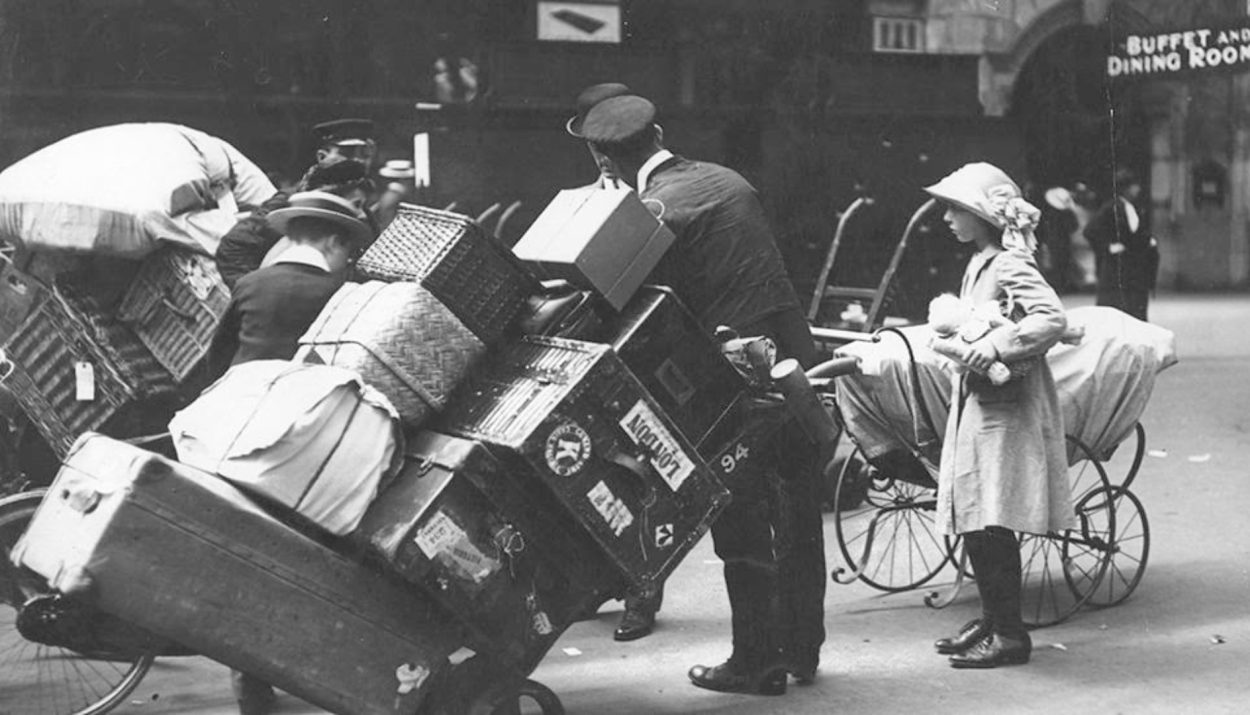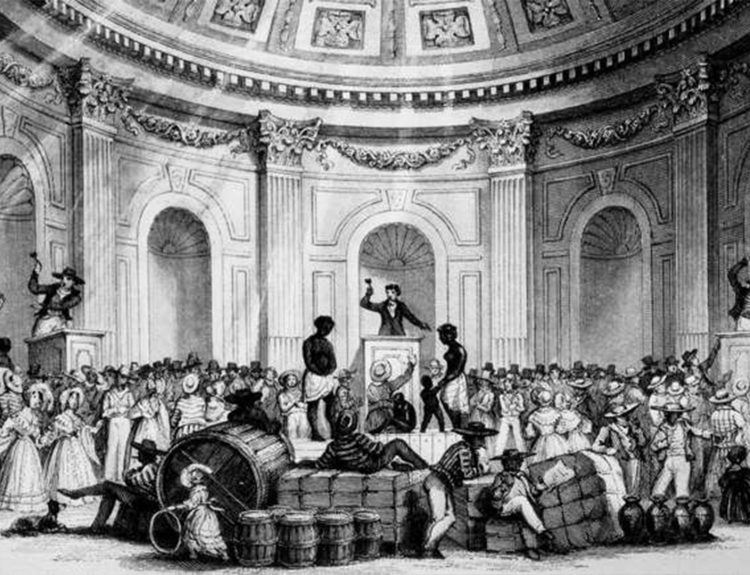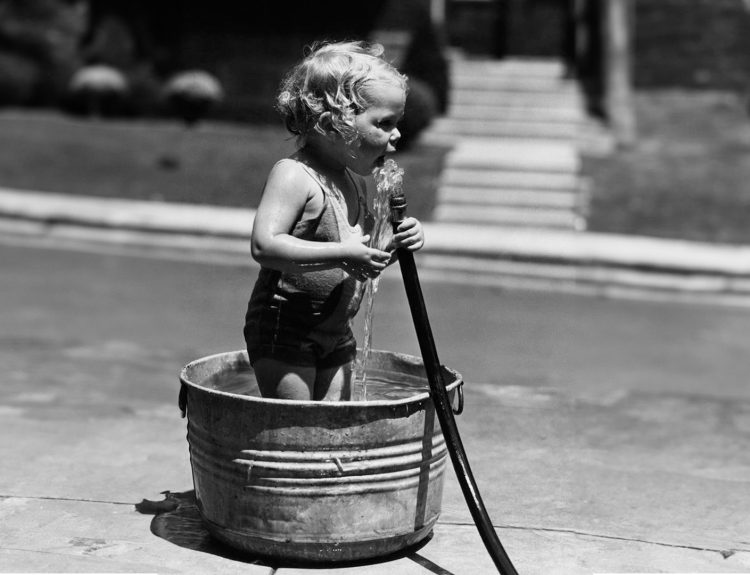These days, it’s simple enough to jump on a plane and wing your way to another country, but 100 years ago, travel was vastly different. Back then, there weren’t fancy things like check-in desks and boarding passes. It was more or less an honor system.
But to appreciate how far we’ve come in the world of travel, we have to look at what things used to be like. Here, we’ll examine what travel used to look like in the past so you can appreciate what we have today.
Ships Were The Cheapest Way to Travel Internationally
Unless you were a millionaire of some sort, ship travel was how most people got anywhere a century ago. And it wasn’t a quick journey either. On average, a transatlantic journey would take about 5 to 10 days.
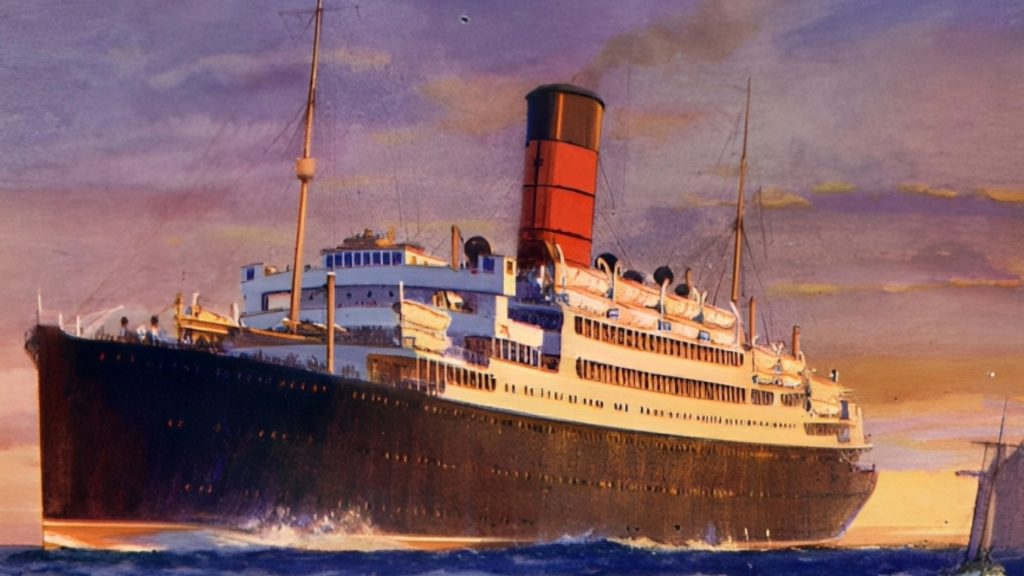
Remember that these times can vary significantly depending on the specific circumstances, and modern transatlantic voyages are considerably faster due to advances in technology and ship design. Today, a typical transatlantic cruise can be completed in about a week, and a non-stop flight from Europe to North America takes just a few hours.
Planning on Cross-Country Travel? Get On a Train

Train travel 100 years ago, in the early 1920s, was an essential and popular mode of transportation, especially for long-distance journeys. Some towns sprung up around their train stations.
Traveling by Train – A Lifestyle
The train usually carried with it a series of cars. There were cars specifically for passenger seating, dining, and even sleeping.

Train schedules were very well established. Occasionally, there were delays because of maintenance or accidents, but for the most part, they ran on time. Train schedules were also the reason time zones exist today.
Some Delays Were to Be Expected
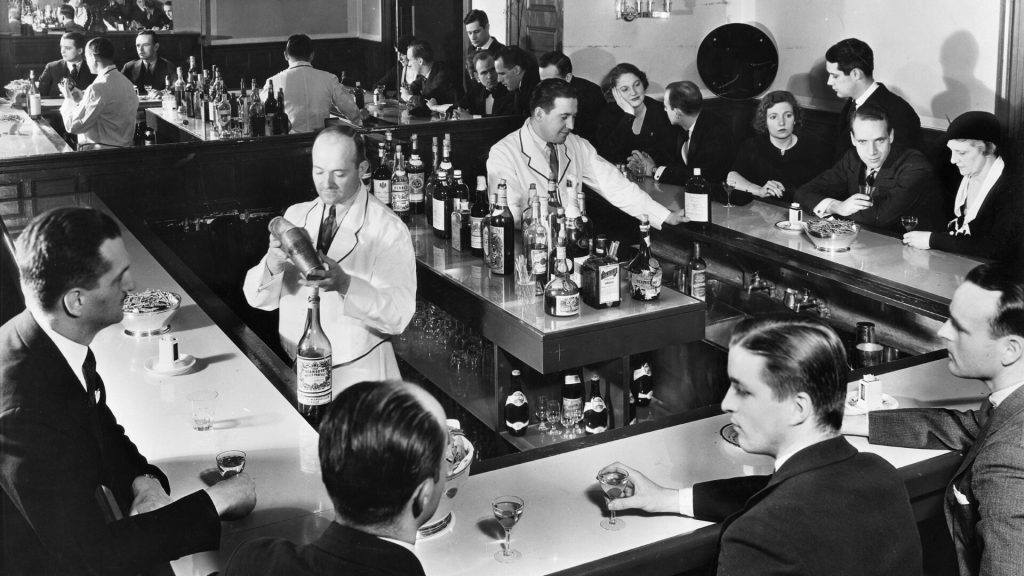
During Prohibition in the US, the trains were randomly searched in case they might be carrying booze. Since these checks were random, there was no telling if your train would be delayed because of a surprise inspection!
A Few People Could Afford Automobiles
These days, cars have all the comforts of home, and some that home may not have. It’s easy to think that it’s always been this good, but that’s not strictly the case.

Automobiles in the early 1920s were still relatively new and not as widespread as they would become in the following decades. Many of these vehicles were quite different from modern cars, with designs often featuring large, exposed engines, open-air cabins, and rudimentary suspension systems.
Getting Lost While on the Road?

There was no such thing as GPS, so you either had to know where you were going or get a map. Road maps would be massive pieces of paper with the roads drawn in. If you were on the road, you had to figure out where you wanted to go and which turn would get you there.
Cars Weren’t Very Comfortable or Reliable
Roads themselves weren’t the smooth, well-paved things we drive on today. Outside of the city center, most roads were dirt. And since car suspensions were stiff, you’d feel like you rode a horse to get to where you were going.
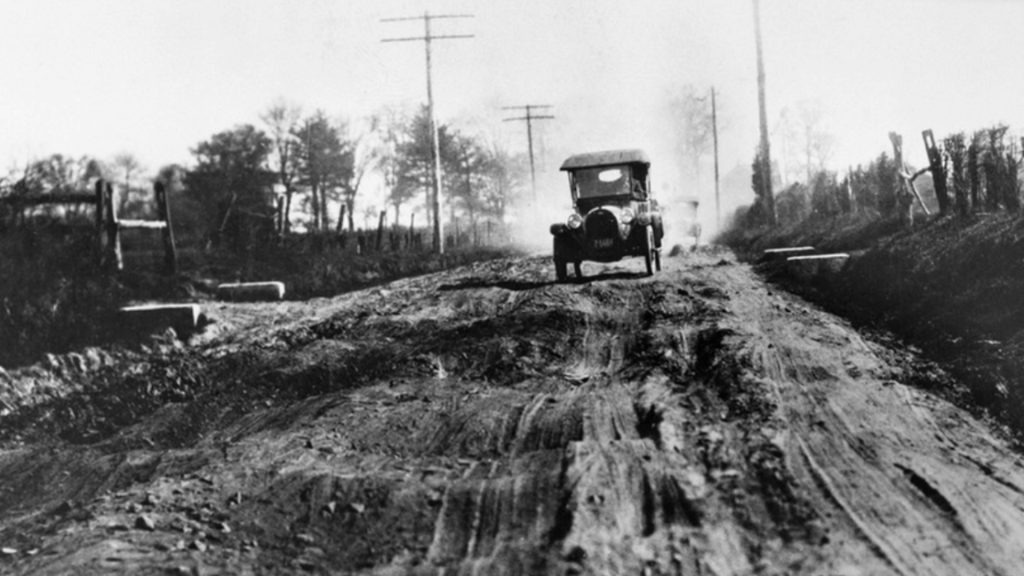
Since you’d usually be driving in off-road conditions, you’d need to repair and maintain your car often. You didn’t have a car dealership to take it to for servicing since most of them just sold you the vehicle, and it was up to you to maintain it. That meant doing all the repairs yourself.
What About Safety?
Safety wasn’t anyone’s concern back then, either. “Airbags” didn’t have a meaning to 1920s motorists. The car bodies were constructed out of steel and made to be rigid. That was good news for the car if you were in an accident but bad news for you.
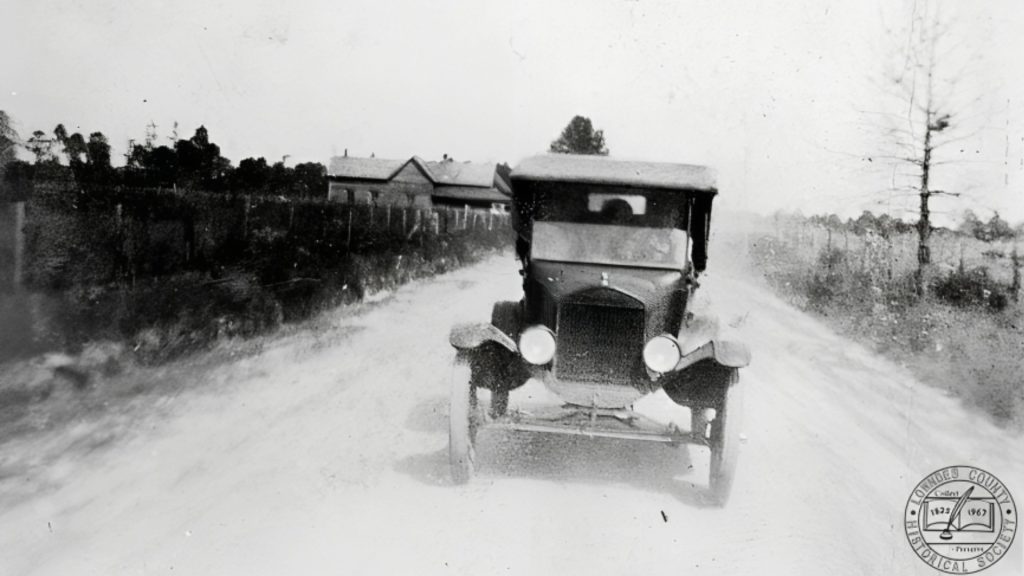
They also weren’t very fast either. The average speed of a car a hundred years ago was 40-45 miles per hour (65-70 km/h). Performance cars like those on racetracks were faster, but not by much.
The Alternative Was the Horse-Drawn Carriage
Cars were called “horseless carriages” because they came after carriages with horses attached to them. In the 1920s, cars had already become fixtures on many urban streets. Out in the countryside, however, people still had horse-drawn carriages.
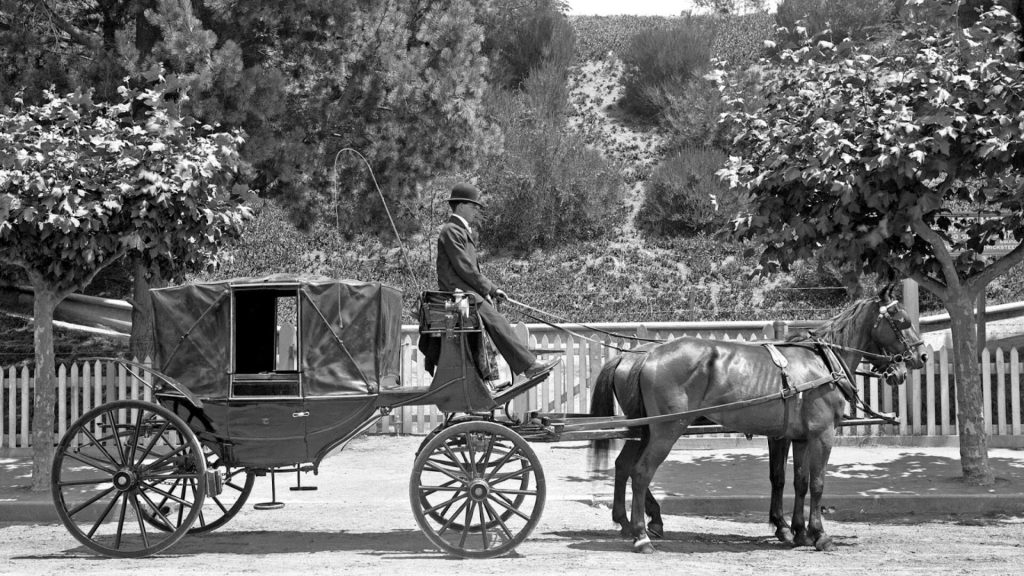
Carriages have several drawbacks compared to cars of the day. Their suspension was even worse than the cars in 1920. They were noisy, and you had to take care of the horse or else it’d die, and replacing a horse was expensive.
Didn’t Anyone Use Airplanes?
Airplanes were only just becoming an acceptable form of transport. Commercial air travel as we know it today was in its infancy. The Wright Brothers had flown for the first time less than two decades before, so this was new territory for everyone.

While airplanes were used for military purposes and short-distance mail delivery, passenger air travel was not yet common. There were very few airlines or commercial passenger services. The use of airplanes for travel was primarily for adventurous individuals, air shows, or aviation enthusiasts.
A Very Rudimentary Way to Travel
Airplanes of that era typically had open cockpits, meaning passengers and pilots were exposed to the elements. There were no pressurized cabins or climate control systems like we have today.
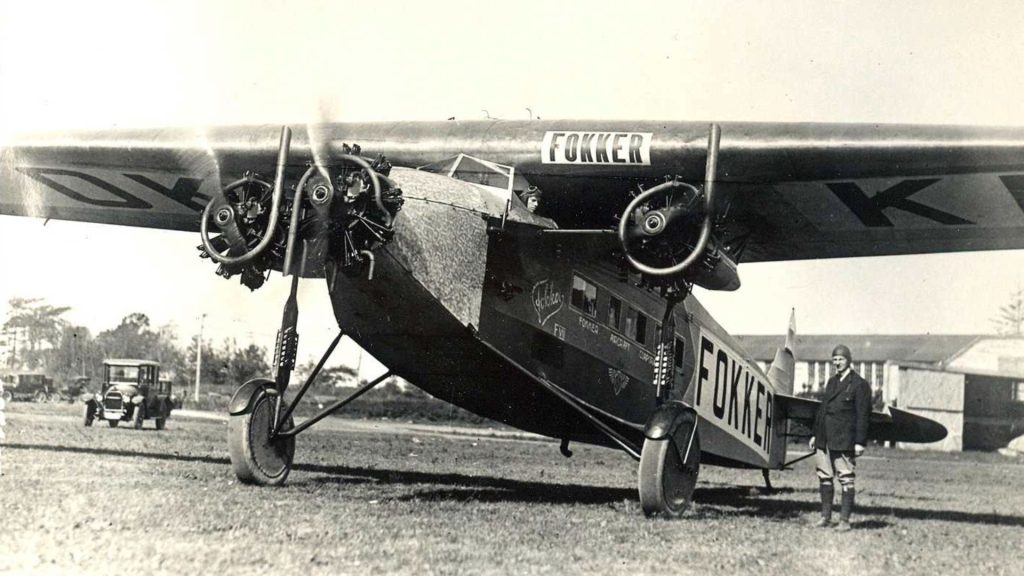
This was the wild west in terms of air travel. There weren’t any formal booking systems. You just sort of showed up and paid the pilot, then hopped on board for your flight. It wasn’t a comfortable one either. There were no cushioned seats, no pressurized cabins, and the noise of the engines was the only thing you could hear for the entire flight.
Going From One City to Another
Today, airports are massive structures, sometimes air-conditioned, offering shops and restaurants at every turn. A hundred years ago, airports were more like glorified garages.
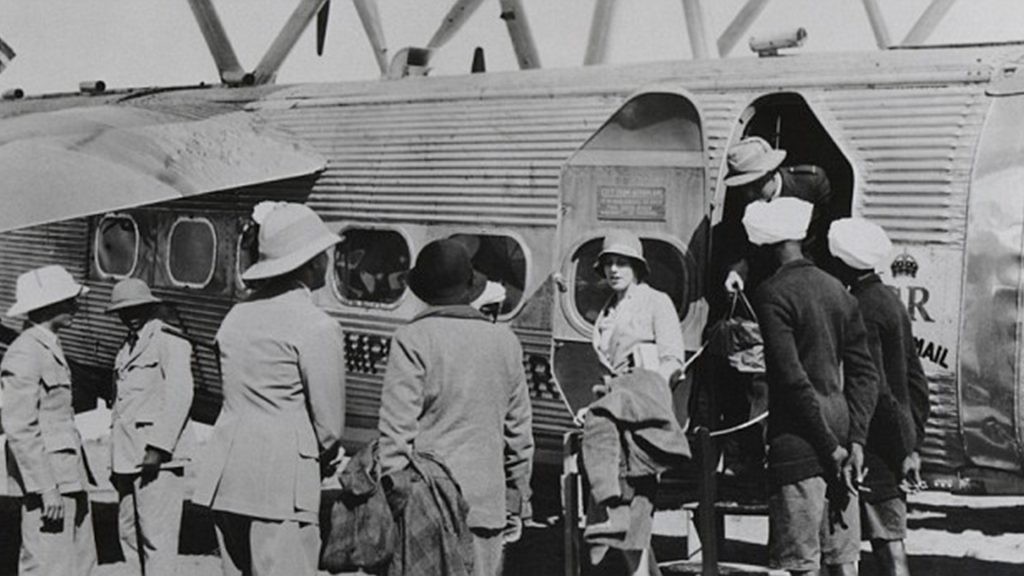
Not that you could really go too far in those days, either. Charles Lindbergh wouldn’t make his historic transatlantic flight until 1927. If you were taking a plane in those days, you only went from city to city.
Taking a Bus Was Still An Option Within City Limits
Today, we are familiar with Greyhound Buses, which cross state lines and make it easy to go anywhere in the country. In 1920, you were limited to where a bus could take you.
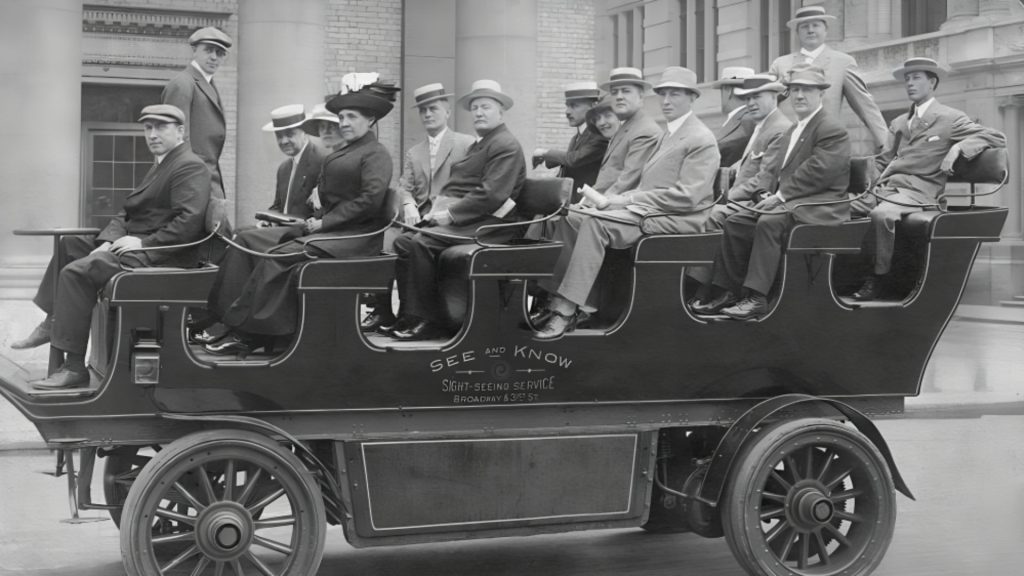
Buses of the era were often bare, converted trucks or large automobiles with wooden or metal bodies. They lacked modern amenities, such as air conditioning or comfortable seating. Passengers would experience a noisier and more rugged ride compared to current buses.
What About the Subway?
Subways were limited to a few cities during the 1920s. Chicago, Boston, and New York City all had subways, but they were significantly different from what you know the subway as today.

They were still noisy and crowded, and you’d use coins or tokens to pay for your trip. If you needed information on a train, you’d have to go to the information booth and ask them about it. If you were lucky, they’d know and tell you. Sometimes, however, you didn’t know.
Subways – A Real Adventure

Convenience wasn’t a significant consideration during the Roaring 20s, and subways didn’t have things like access ramps. There weren’t a lot of things to do at the terminal aside from waiting either. Sometimes, they might even cancel your train because of low demand and tell you to catch another.
Travel in Comfort and Style in a Dirigible
If you had money to splurge on it, the height of luxury and style was to take a dirigible for long-distance travel. They were faster and safer (some argued) than ships. They were far more expensive than other methods of travel.

Unlike airplanes of the time, dirigibles were quiet, their cabins were luxurious, and they combined the best parts of fast travel with the comforts of home. Some dirigible flights were designed as sightseeing excursions, allowing passengers to see famous landmarks and scenic vistas from the air.
Dirigibles – a Thing of the Past

Sadly, dirigibles dropped off in popularity after a few massive disasters. By the time they were suffering from these issues, modern air travel had risen to take their place. They never recovered; now, they’re remnants of a past that we can only see in black-and-white photographs.
Travel Today Is Cheap and Convenient
Travel in the past was a completely different matter than it is today. With all our travel documents easily accessible and tickets available online, it’s a simple matter to just go somewhere.
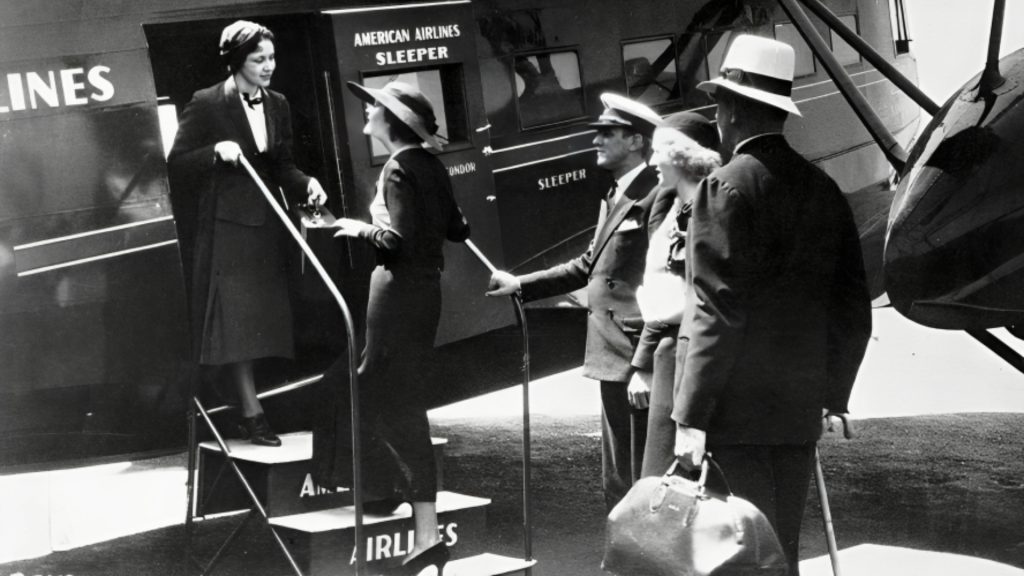
It’s a lot easier to make it around the world in 80 days today than it ever was in the 1920s!

